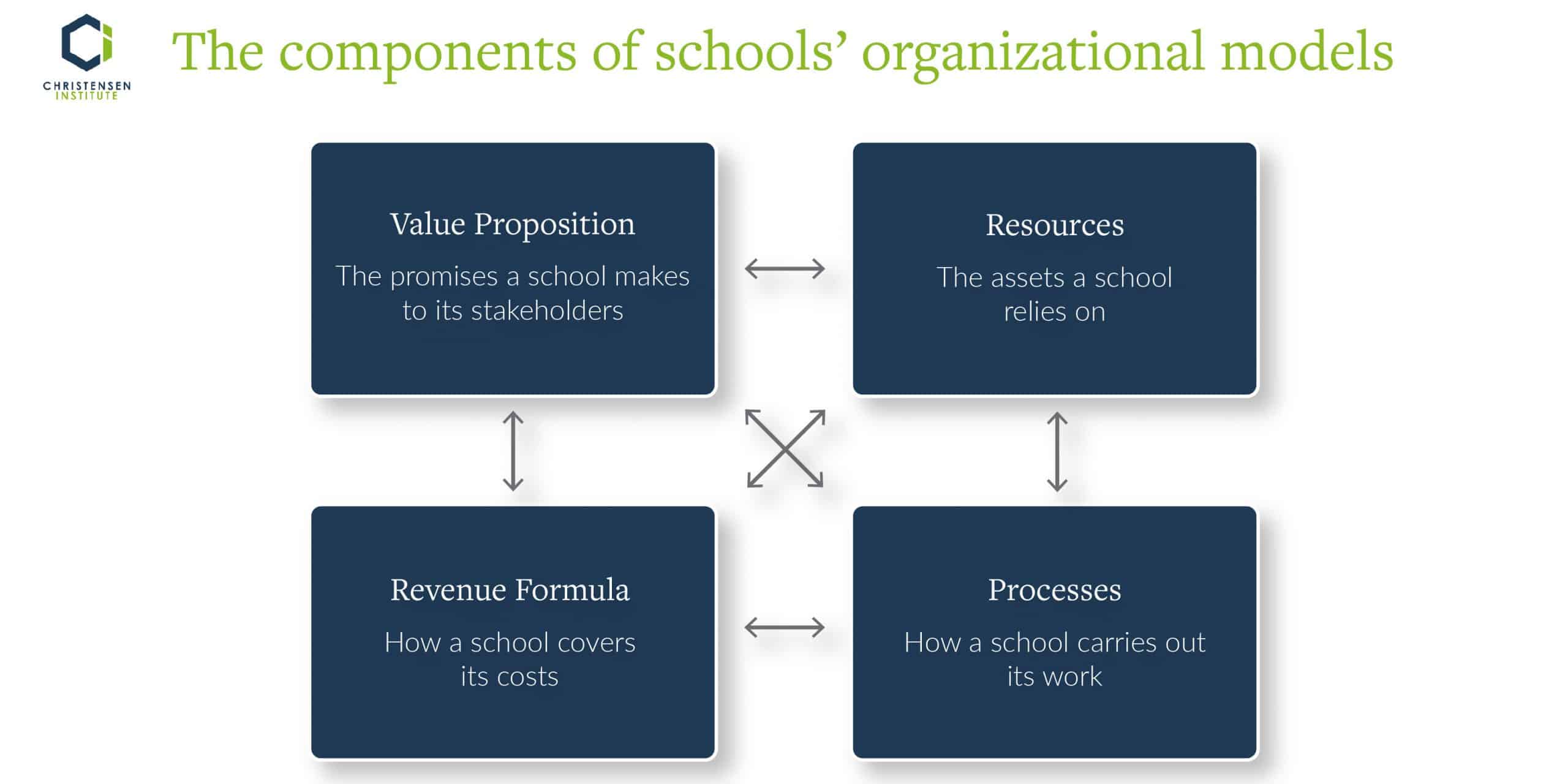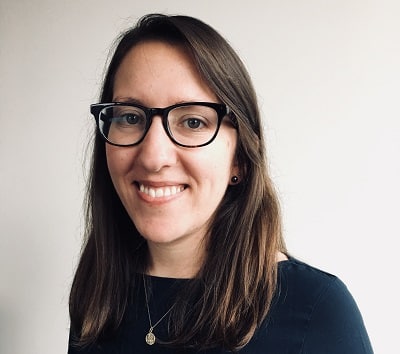EXECUTIVE SUMMARY
Two pandemics—COVID-19 and systemic racism—are confronting American society, and by extension K–12 schools. Both pandemics have precipitated immediate challenges that schools must navigate, and also draw attention to longstanding, chronic problems in the education system. It’s more clear than ever that a return to “normal” won’t serve all students well.
As a result, there is an opportunity—and arguably an imperative—for schools to pursue lasting, positive change during this period of instability. It’s tempting to see crises as an inevitable harbinger of change. But innovations implemented in response to today’s crises aren’t guaranteed to last into tomorrow. To make sense of the potential for 2020 to change K–12 schools forever, this paper offers a framework for understanding why some crisis-induced innovations persist, while others are cast aside when conditions normalize.
The rigorous framework, developed by Harvard professor Clayton Christensen and his colleagues, unpacks four components that determine an organization’s capabilities (what it can and can’t do), as well as its priorities (what it must accomplish). Every school offers value propositions representing the promises it makes to a wide range of stakeholders. Schools rely on resources and processes to carry out their work. And every school has a revenue formula that defines how it covers its costs.
These four components form a highly interdependent system, meaning they act on each other and respond to changes like predictable chemical reactions. To illuminate the potential for current events to catalyze lasting changes in K–12 schools, this paper offers school system leaders and policymakers insight into four key dynamics at work in organizational models:
- Resources alone aren’t likely to change what schools can do, but resources that power new processes could.
- To stick around, new processes have to outperform old ones when it comes to meeting schools’ existing priorities.
- New priorities are a key catalyst for transformational change because they hold sway over resources and processes.
- Change efforts must overcome the persistence of legacy processes and competing priorities.
The paper concludes with concrete recommendations guided by the four-box framework for organizational models. These recommendations help decision-makers focus on where change is possible, and take targeted action to introduce and support innovations that enable every learner to reach his or her full potential.
As COVID-19 and racial justice advocacy shift the ground underneath schools, the door is open for change. We hope education leaders can walk through that door by using the framework and recommendations in this paper to increase the likelihood that their efforts at positive transformation bear fruit.




